I’ve been to Little Italy’s Elizabeth Street Garden twice already, though I’m not sure I’ll be able to go there again, since as of now it’s scheduled to be demolished sometime next week. I’m not sure exactly when, but I do know that it’s not going down without a fight. Signs and volunteers around the garden urge visitors to write a letter to the mayor and to sign petitions. It’s a complicated fight that’s been going on since 2012, a fight between the land’s owner—the city of New York—and the land’s caretaker, the Elizabeth Street Garden nonprofit, or ESG. Lawsuits have been going on for years, and lately they haven’t been favoring the ESG. The nonprofit’s site is hopeful (as it should be), but, personally, I tend to be pessimistic, and I feel like I’ve heard this story before.
There is a New York City history documentary that I love so much that I’ve already watched it twice since moving here, and if it has a theme it’s that New York is always changing and reinventing itself in the name of progress, and that sometimes the results turn out to be progressive, but sometimes they don’t. If you want to make yourself feel really sad all you have to is pull up photos online of the original Penn Station, with its grand Beaux-Arts columns and vaulted glass ceiling, and then go visit the dingy '60s-era station that replaced it. In the 1960s a lot of New York architectural history was erased in the name of progress, with only some sterile-looking buildings you wouldn’t even look twice at to show for it.
I’m not saying that Little Italy’s Elizabeth Street Garden is anything like the original Penn Station. It’s a fairly young garden in the context of the city’s history, though at 33 years old it’s not too far off from the original Penn Station’s 53 year lifespan.
Also unlike the original Penn Station, the garden wasn’t meant to be a cathedral for the public, at least not at first. The story is interesting, and confusing, and you can see why the garden’s fate has been held up in the courts for so long.
The garden was created in 1991 by the late Allan Reiver, an antiques-loving former Denver real estate developer who moved to New York for a fresh start. He lived across the way on Elizabeth Street and struck up a deal with the city to lease an acre of land that had gone unused for years. Public schools used to occupy the land, but by the ‘80s they were torn down and redeveloped, and the remaining plot was a dumping ground of sorts. Reiver cleared up the land and began to turn it into a sculpture garden, a place where he could display all of the architectural antiques he had collected over the years.
Of course, Penn Station wasn’t the only great building torn down in the last half of the last century. All over Long Island, Gilded Age mansions were being demolished and redeveloped for changing tastes, their architectural elements taken apart and sold for salvage. Allan Reiver loved to buy these bits and pieces of once grand estates. He certainly had enough space for them, on his acre of land in the city.
When I first walked into the garden I instantly noticed all the architectural details and I wondered if the garden had been planted among the ruins of a former grand estate. The truth is, not exactly, but sort of? Reiver planted trees and planted grass and later flowers to complement all of the architectural pieces of what wasn’t one grand estate, but rather parts of many old grand estates cobbled together. Going to Elizabeth Street Garden is a bit of a tour of east coast Gilded Age history. Walking in, you instantly notice the ballustrade, taken from Lynnewood Hall, a 19th century mansion in Pennsylvania that surprisingly is still standing. I wish I knew the history of some of the other sculptures, such as the lions and a greyhound, but unfortunately I can’t find it online.
I do know that the iron gazebo was designed by the Olmstead brothers, originally a part of the Burrwood estate, built on Long Island with Standard Oil money. Burrwood was once (it was demolished in the 1990s) an enormous Gatsby-style mansion, with gardens laid out by the sons of Central Park’s Frederick Law Olmstead. Burrwood’s gardens, of course, were private.
Elizabeth Street Garden is public—Allan Reiver first made it accessible to visitors through a door in his nearby gallery before eventually opening up the front gates off of Elizabeth Street. When I went to see it, around lunchtime on a weekday, all the little wrought iron chairs and tables were filled with people enjoying a beautiful September afternoon. There were families and groups of friends and even a bunch of coworkers gathered a big round table, holding an outdoor meeting.
The trees that Reiver planted in the ‘90s are now tall enough to provide shade, and in combination with the architectural statues and relics, they give the garden a slightly eerie feeling. There are flower beds, but they seem incidental, pretty but not as compelling as all of the creatures and architectural elements made of stone. It mades me think of a graveyard more than a garden, and it does remind me a lot of those great cemeteries in the South, impossibly romantic, aesthetically designed public spaces laid out like parks, with flower beds and gravel paths and picturesque spots for loved ones to gather.
If the ESG manages to save the garden from the wrecking ball, they hope to make it more of a garden than it is today. The plan is to put up a greenhouse and to start growing produce to serve the community and to help address local food insecurity. The ESG envisions compost bins and solar panels and horticultural workshops. They argue that the city’s plan for the site—demolishing the garden and building affordable housing—isn’t in the best interest of the residents of Little Italy. There are other spots where housing can be built, the ESG believes, and green space in the area is valuable and rare, both for people and for wildlife. It would be a shame to destroy something that brings so much joy to so many.
I agree. I’ve already written my letter to Mayor Adams (The ESG’s site makes it easy to do, if you’re interested!), and I’m really hoping that the garden can be saved, and I’m going to choose to be hopeful. The gardener in me would love to see all of the ESG’s green initiatives come to light, of course. But even as it is now, the garden is a beautiful thing worthy of preservation. There is something so satisfying to me about seeing so many New Yorkers finding peace in a lovingly tended public space. And the idea of them doing so while sitting in gazebos and among balustrades and statuary that once decorated the very private gardens of the country’s very richest people is an irony that’s just as lovely to me as the hydrangeas and hibiscus that line the gravel paths.





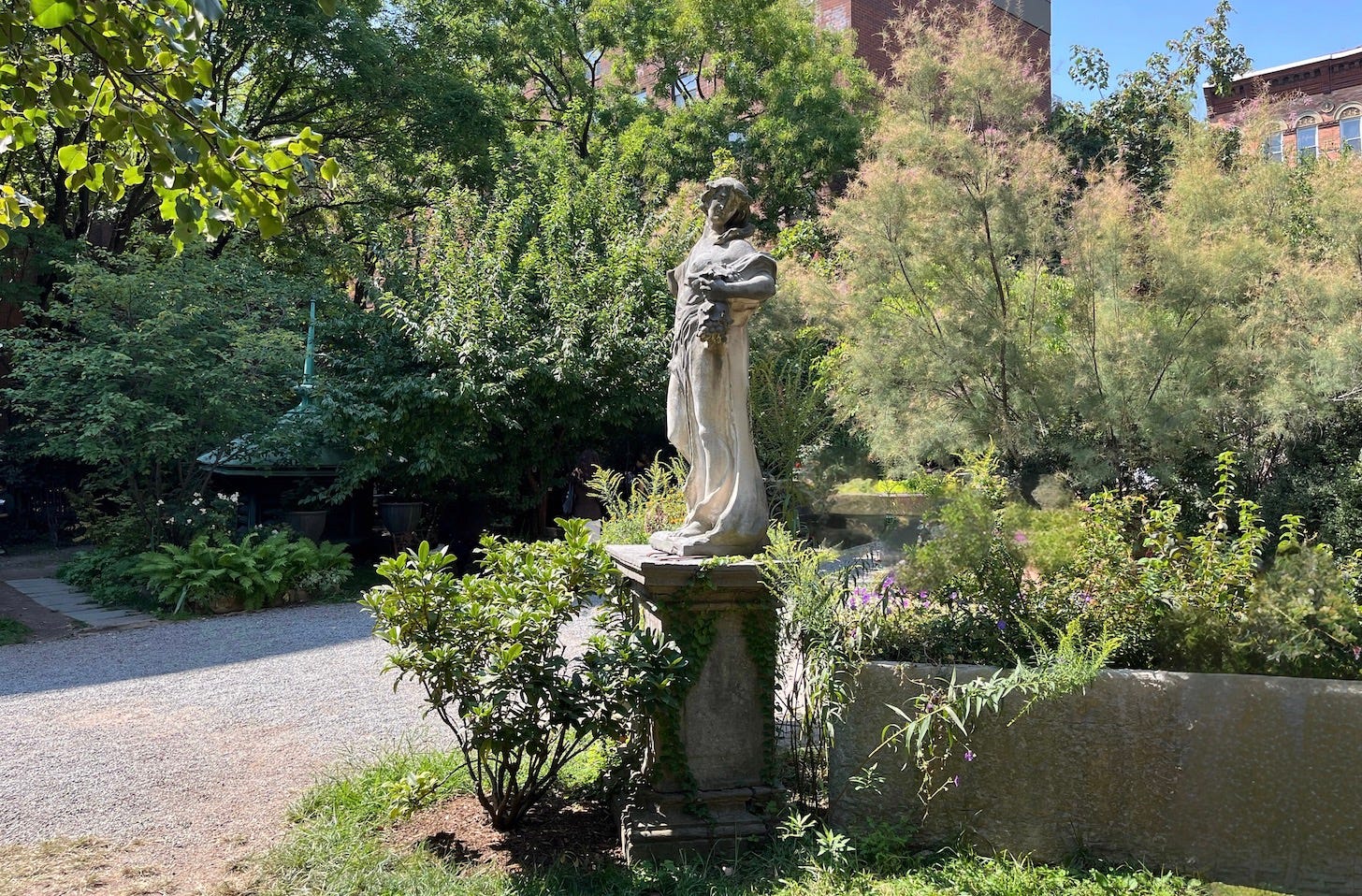
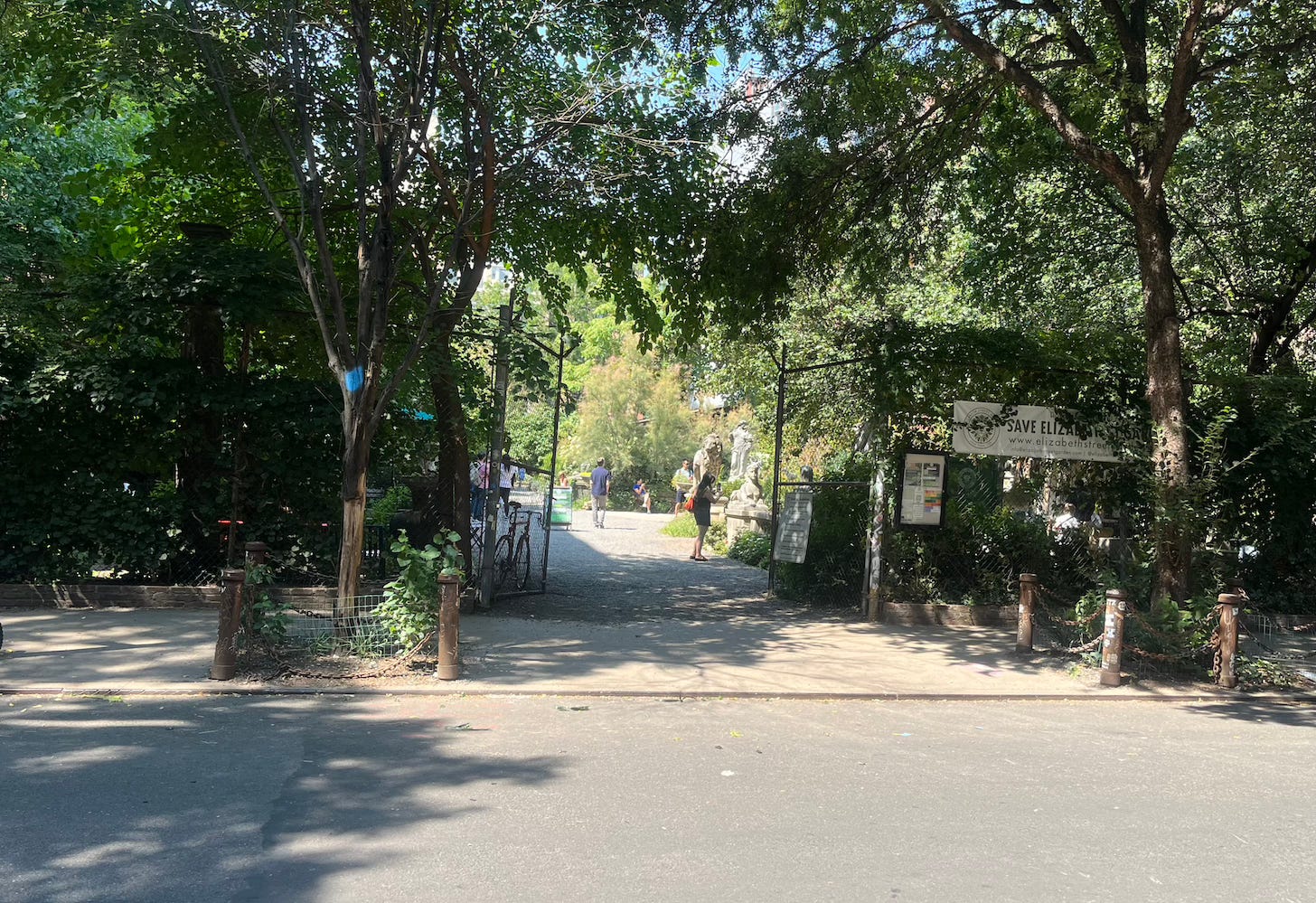
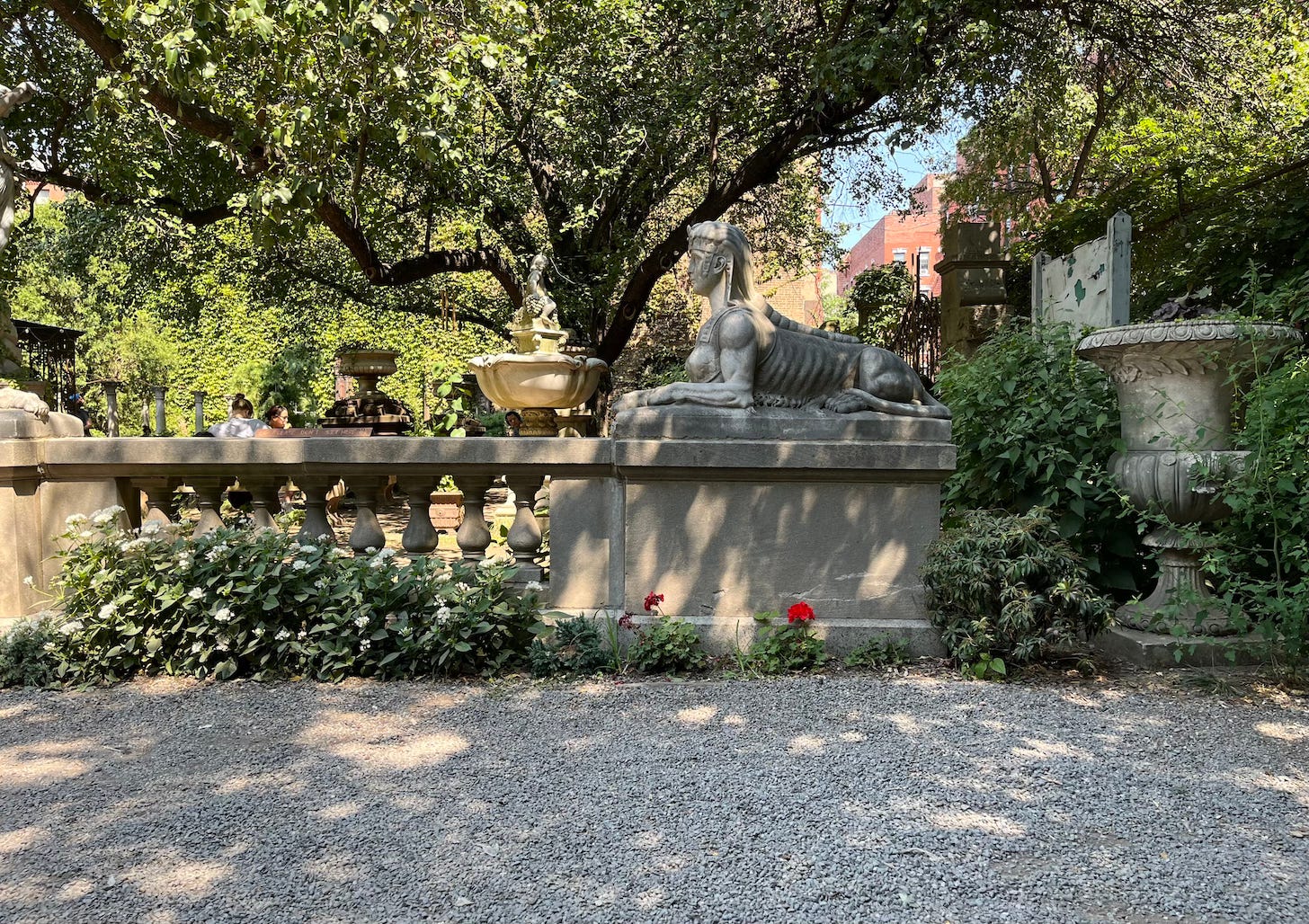
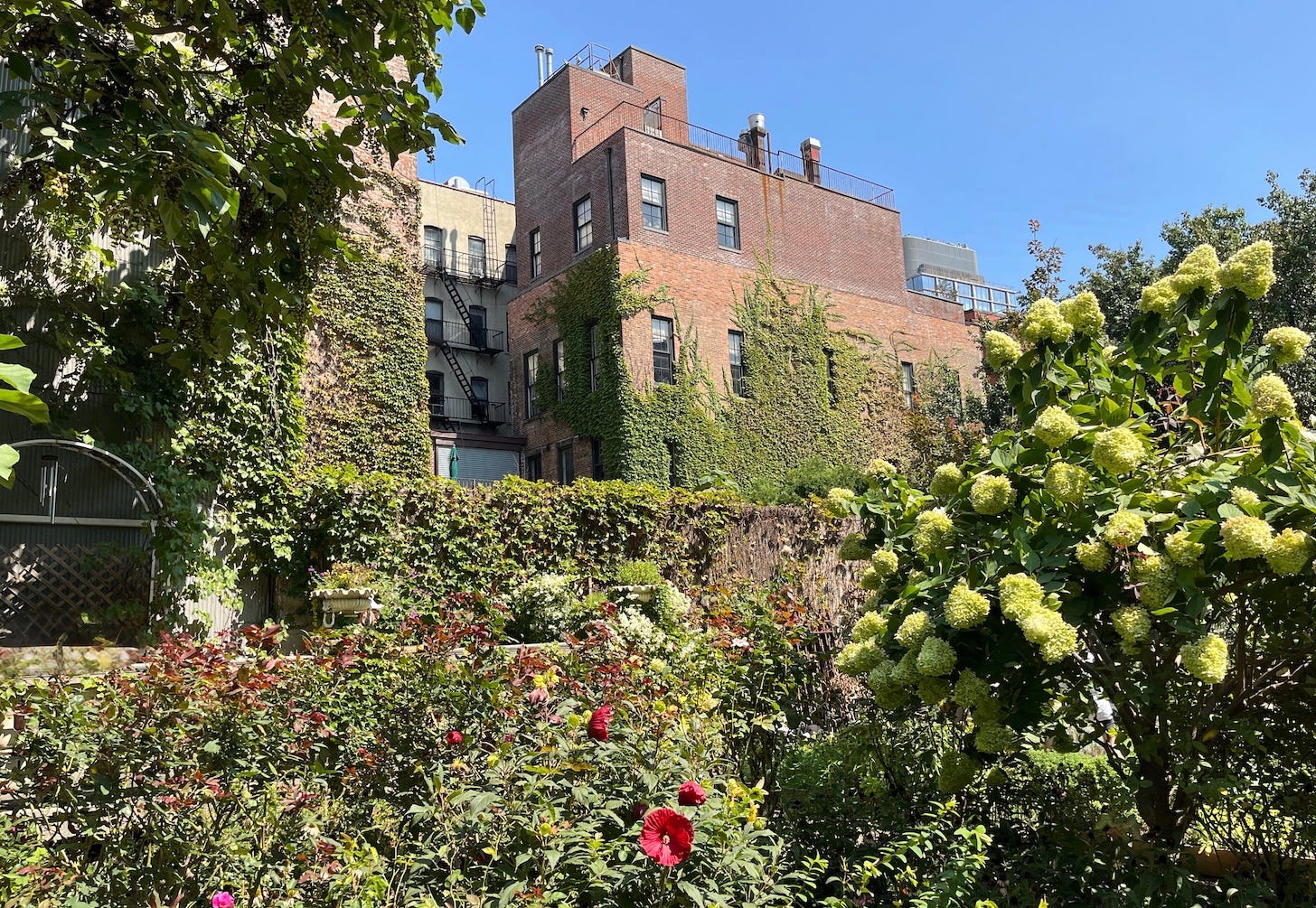
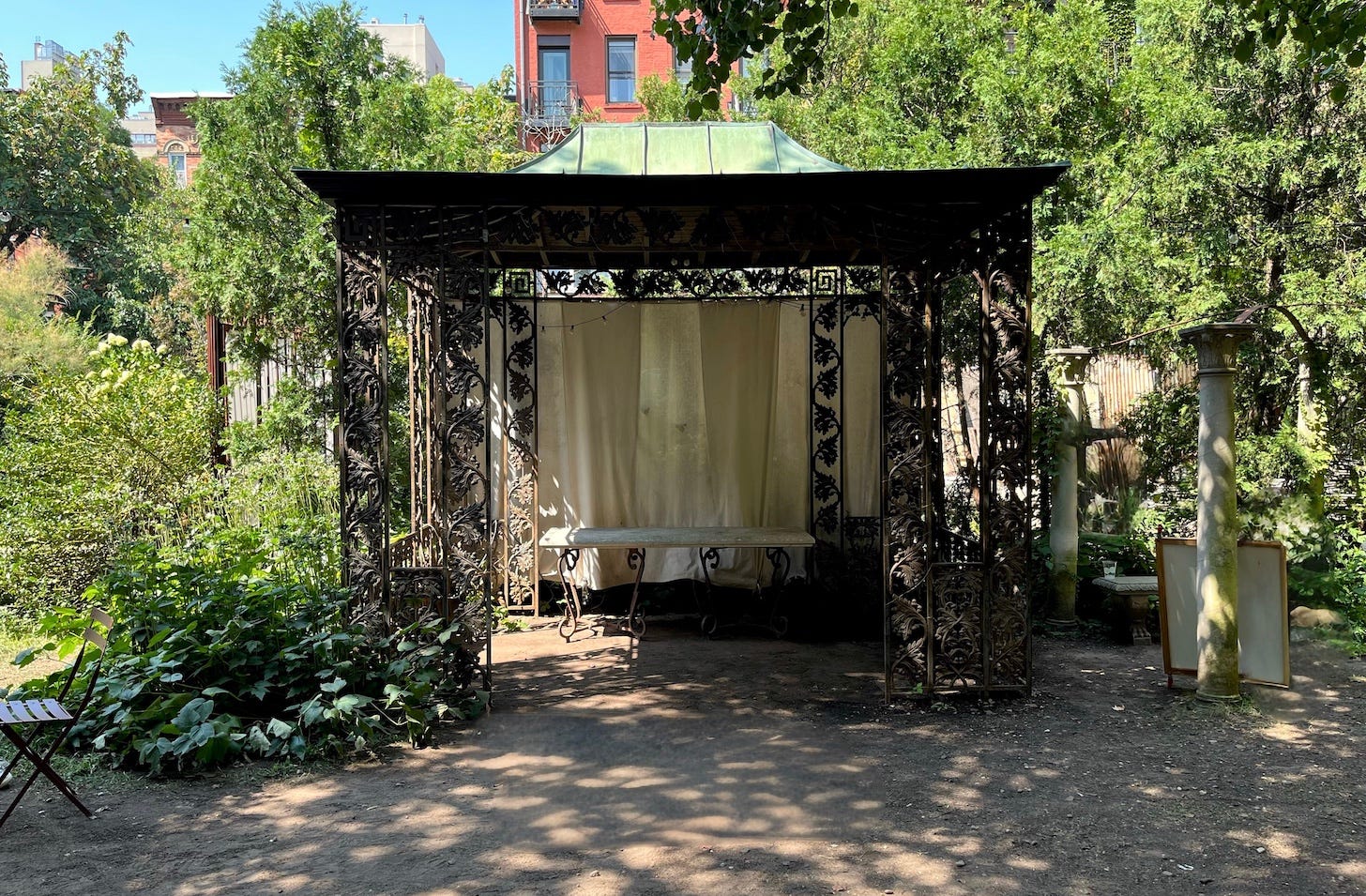
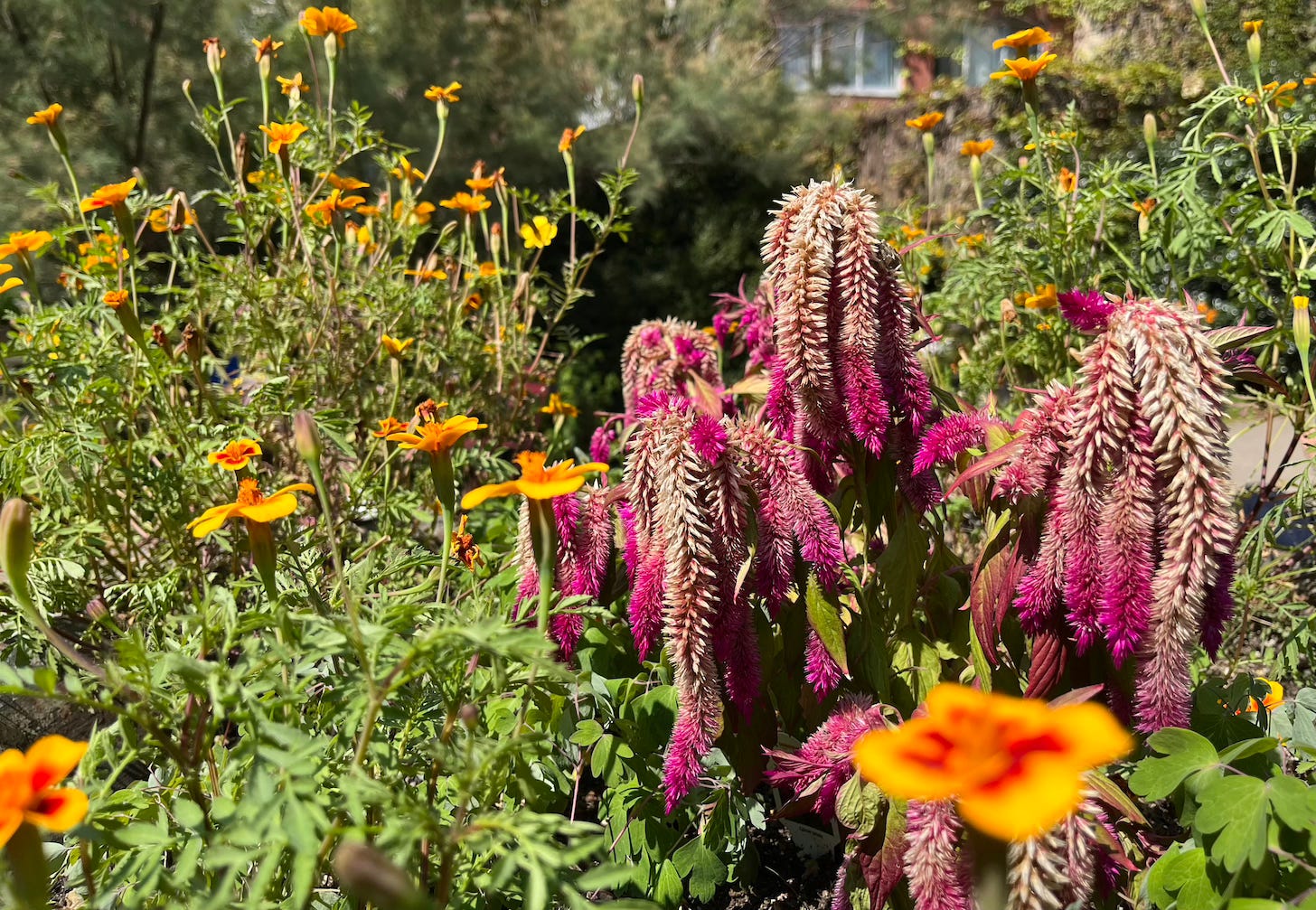
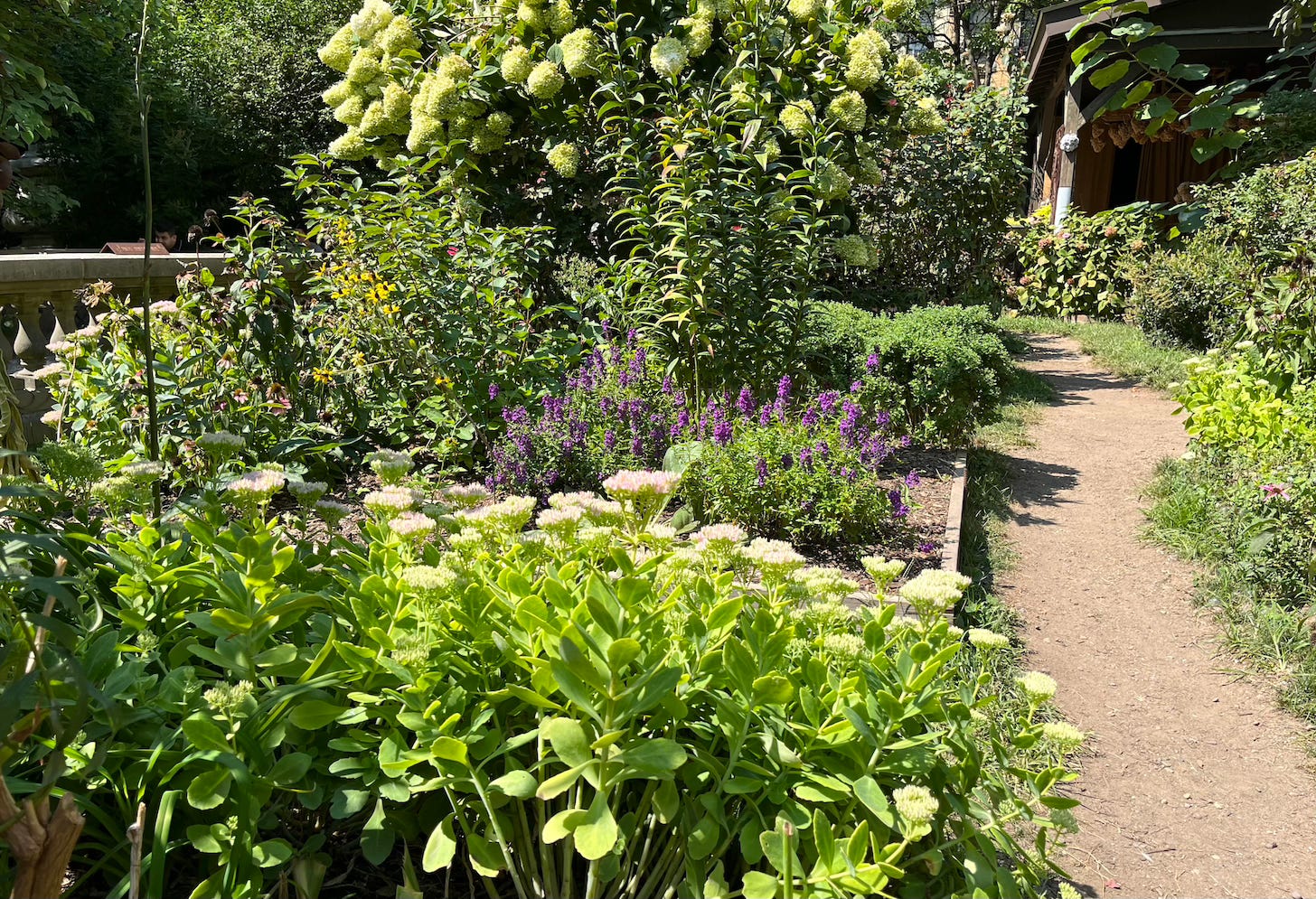
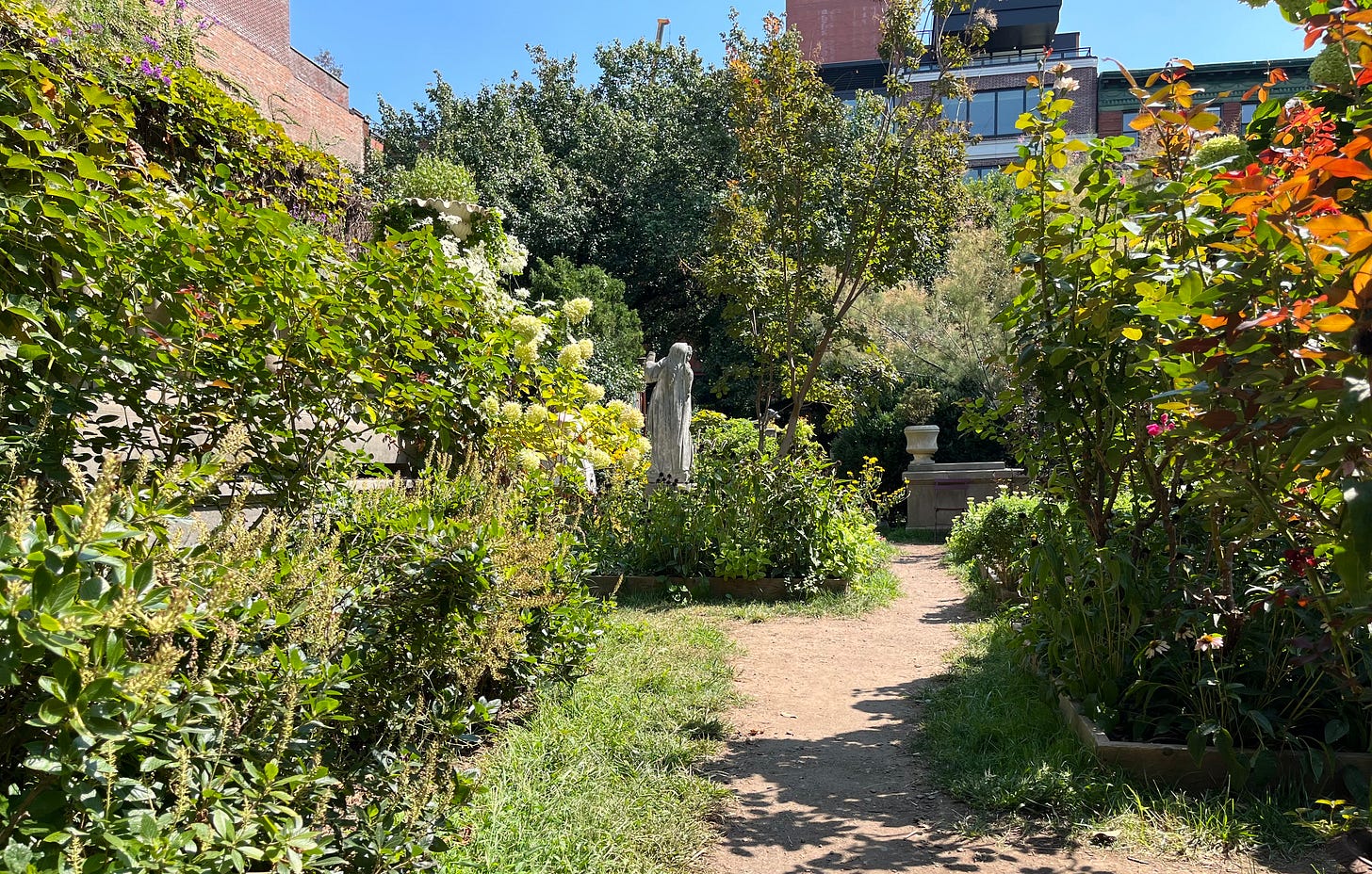

Oh my gosh! This is so fascinating and sad. I really hope they are able to save it. If not for the public space, but for the future benefits of the community. Their plans sound amazing!!!
Do gardens like this mainly work with the help of volunteers or do you think they have employees? Have you ever thought about working or volunteering at a garden like this? I'm not sure how many there are around you, or if you would even have the time, but it seems like your love for plants, and in this case history, would be such a perfect fit. *whispers* And think about all of the seeds you could harvest! LOL.